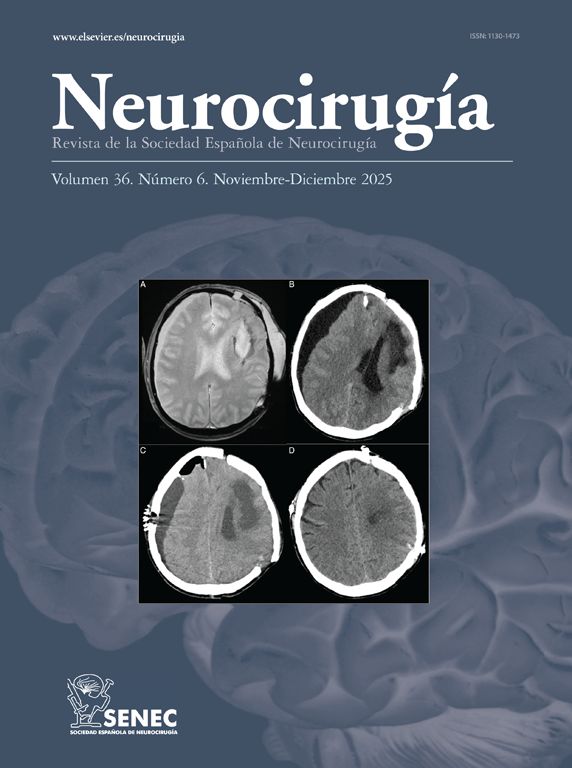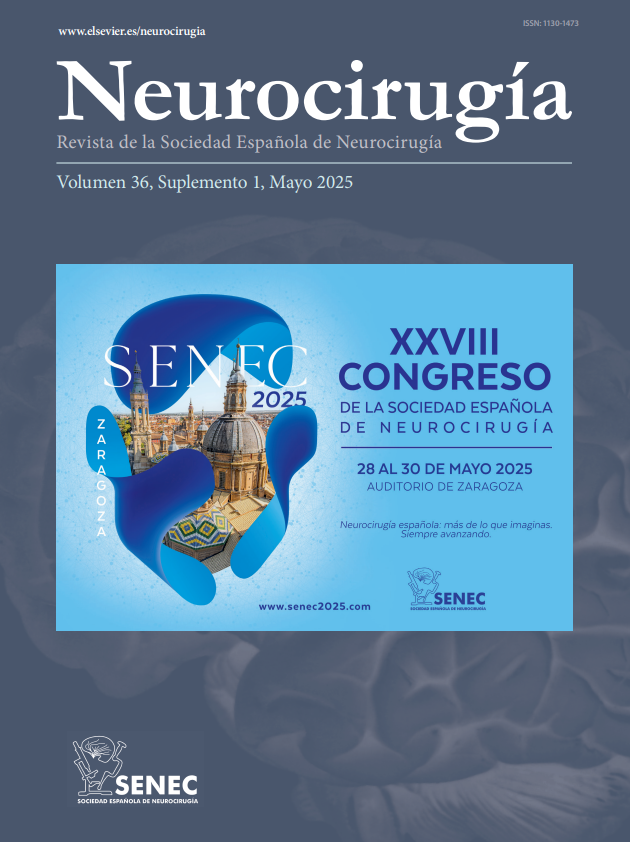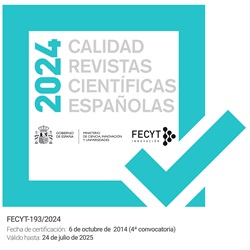O-56 - SETTING THE BENCHMARKS FOR SIMULATION BASED ENDOVASCULAR TRAINING IN NEUROSURGERY
1Hospital Universitari Germans Trias i Pujol, Badalona, Spain; 2Hospital Clínic de Barcelona, Barcelona, Spain; 3Radboud University Medical Center, Nijmegen, The Netherlands; 4National Hospital of Denmark (Rigshospitalet), Copenhaguen, Denmark; 5Saint Anna Hospital, Sofia, Bulgaria.
Introduction: Advanced simulators for neuroendovascular training seem useful and many authors advocate for their inclusion in regular residency curricula. However, to design appropriate programs for their use, defining the benchmark criteria on different types of case simulations seems key. Furthermore, those benchmark criteria may vary among different specialties and among different simulators, thus specific investigation of each possible scenario seems advisable.
Objectives: Pilot study to predefine benchmark criteria for training neurosurgical residents in aneurysm coiling using the Simbionix Angio Mentor Simulator.
Methods: Different neurosurgical departments from Spain, The Netherlands, Denmark and Bulgaria, prospectively recruited participants among neurosurgeons experienced in neurointerventionalism (experts) and among neurosurgical residents with no prior training in endovascular therapy (trainees). Participants were asked to perform a diagnostic angiography of the right internal carotid artery and coiling of a left carotid terminus aneurysm. A fist guided attempt was permitted for familiarization. Then each participant performed 3 more attempts at diagnosis and 6 more attempts at treatment without any assistance. Metrics like total fluoroscopy time, amount of contrast, roadmap sequences, etc., were gathered.
Results: Main metrics including procedure time were significantly worse for trainees during their initial attempt. However, with subsequent attempts, trainees demonstrated a notable improvement, approaching the metrics of the experts. This was particularly evident in the coiling case, where the procedure time for trainees during their 6th and 7th attempts were not statistically different from that of the experts. In the expert results, all variables remained consistent across each attempt, showing no statistically significant change in any of the metrics.
Conclusions: Our findings suggest that the simulator effectively discriminates experts from trainees, and that its use enhances the management of endovascular treatment among trainees. Stable metrics among the experts also suggests that the simulator reliably reflects the possession of the necessary skills for effective endovascular treatment.






